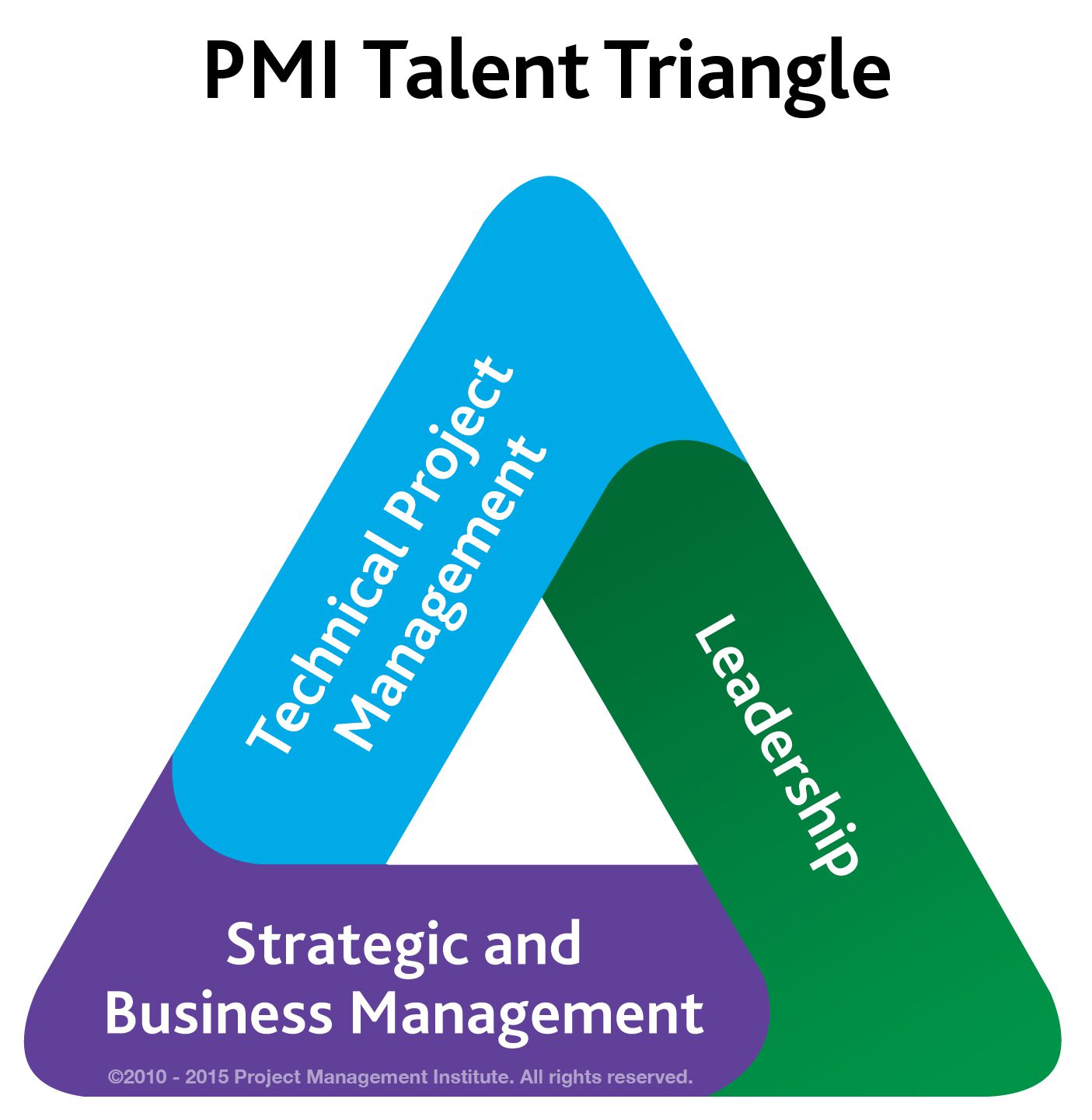
A study found companies can lose millions of dollars because of poor change management. But learning leaders can fix this by equipping project managers and leaders with the right mindset.
by Kate Everson
May 11, 2015
When the winds of a change initiative blow, chief learning officers check the weather vane. When it comes to implementing such change, they often turn to project managers.
But are project managers equipped to do the job right? The good news is they’re starting to get the right guidance. The bad news is there’s still a way to go before change can happen relatively painlessly for a company’s bottom line.
Project Management Institute’s 2014 Pulse report found that organizations lose an average of $109 million for every $1 billion spent on strategic change initiatives. This is an improvement over the 2013 total of $135 million for every $1 billion.

Mike DePrisco, vice president for academic and educational programs at PMI, said they’ve seen the losses shrink over the past nine years. Part of this is due to having more engaged sponsors for change initiatives, he said, but it also has to do with learning leaders making sure project managers have better skills and strategies.
PMI relies on a talent triangle that puts equal emphasis on a project manager’s technical, strategic and leadership skills. DePrisco said it’s not enough for project managers engaged in a change initiative to simply be able carry out the day-to-day procedures involved; they need the skills to influence others and communicate how change can affect the bottom line.
“Project managers who are effective speak the language of senior executives,” DePrisco said. “They can show how projects align with strategy and will help an organization meet its strategic goals and objectives.”
But $109 million still leaves room for improvement.
Satish Subramanian, author of “Transforming Business with Program Management,” said one of the most common mistakes he’s seen in his research is a lack of sustainable vision. Only about a third of change leaders communicate what results they want to see, and in many cases they only say it once. Even if they do present their expectations, oftentimes they’ll achieve them in year one, but revert back in year two because the goal doesn’t have room to grow over time.
To avoid this, Subramanian said learning leaders can work with project managers to apply the following management tactics into their change implementation plan:
1. Articulate the plan. What problem is the group trying to solve? What should the future state look like? “They need to define the problem, describe it, articulate the vision and what the strategic objectives are,” Subramanian said. “They need to make sure they secure that, and that includes financial analysis and ensuring executive sponsorship.”
2. Create a governance structure. Put together a plan for who makes what decisions and completes what tasks vital to the plan. This applies to both large corporations with multiple branches and smaller organizations with only a handful of employees working on the initiative.
3. Define measurements. Define how you’re going to measure success from all levels, including the board of directors, C-suite, lower managers and line employees. For example, executive leaders will want to know how the initiative will happen under budget and by a deadline.
4. Deliver the right training. Many change initiatives require a shift in workforce skills, but Subramanian said skills training is often forgotten or rushed. Once a change happens, no one knows how to sustain it. CLOs need to work with project managers to make sure they have the learning they need to deliver.
5. Be prepared to change course. Be nimble. Create contingency plans just in case the first process doesn’t work, and be prepared to present and defend the shift in plan to stakeholders.
6. Get leadership on board. Don’t limit the search for support to the C-Suite. Remember that line leaders and middle managers hold a lot of power when it comes to getting the whole organization enthused over a change initiative.
Such sponsorship echoes the second part of DePrisco’s reasoning for why change management is becoming less costly. “Organizations that have fully embraced the value of project management and engaged corporate sponsors?” he said. “They’re the organizations that will rise to the top.”



